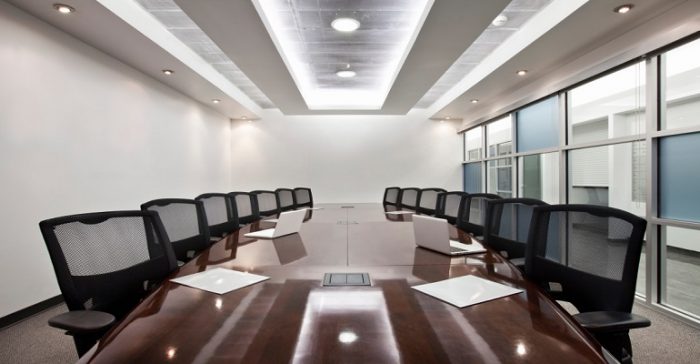Are LED Downlights Economically Viable?
Buildings, June 24, 2016
One-for-one LED replacements for fluorescent downlights can save nearly 40% in lighting-related energy use, according to a field study conducted by the Pacific Northwest National Laboratory (PNNL) on behalf of the GSA’s Green Proving Ground program.
Tested in three GSA buildings in Dallas, Philadelphia and Auburn, WA, the LED replacement lamps used in the study were 4-pin, non-dimmable 13W models that use the existing ballast of the 26W CFL bulbs they replace. The retrofits yielded four key discoveries:
- Light uniformity differed between CFL and LED products, which the GSA notes are “typically an artifact of the directional nature of the LED technology and how it is affected by the specific geometry of the existing downlight fixture.” The open lobbies in the Dallas and Auburn buildings saw improvement in uniformity, but the corridors in Dallas and Philadelphia noted a decrease. However, occupant survey responses didn’t reveal any evidence of concerns over the changes.
- Installation was relatively simple, according to installer responses received by the PNNL research team. “This product characteristic should be relevant to all applications because installation of this product does not vary with differences in sites or locations,” the study authors explain.
- A payback of 2.9 years was possible with the LED products used in the field tests. Greater energy savings resulting in a quicker payback may be possible with dimmable versions that require less power. “A worst-case scenario would be one in which the CFL ballast failed soon after the LED lamp was installed, which could result in a simple payback of 7.1 years, but this is unlikely,” the study explains. “Any simple payback is likely to become even shorter as the price of LED products continues to fall.” Areas with the highest energy costs saw the most savings, but even places with relatively low energy rates around 6 cents per kWh found the LED retrofits cost-effective.
